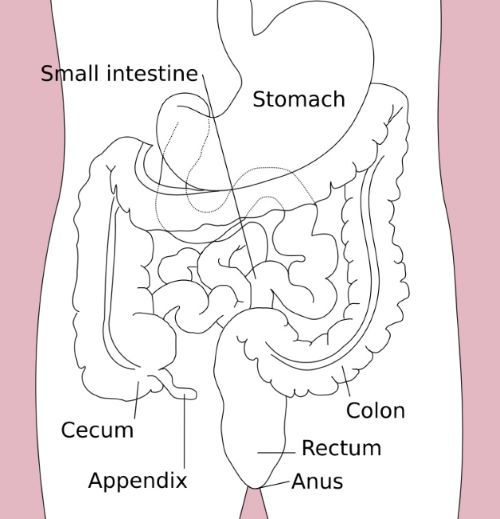Power of Pepsin: Potent Digestive Enzymes
- Sylvia Rose

- Jan 31
- 3 min read
Updated: Feb 4
Pepsin is an enzyme important to digestion and health. It breaks down protein-rich foods for smooth function of the gastrointestinal (GI) tract. One of the three main digestive enzymes, it keeps the body strong and active.

Digestive function is linked to optimal physical and mental health. The three principle digestive enzymes are:
Amylase (made in the mouth and pancreas; breaks down complex carbohydrates)
Lipase (made in the pancreas; breaks down fats)
Protease (made in the pancreas; breaks down proteins)
A protease, pepsin starts as the inactive form pepsinogen, secreted by the stomach lining. When pepsinogen meets stomach acid, specifically hydrochloric (HCl), it transforms to active pepsin.

Proteins are made of long chains of amino acids. Pepsin's task is to sever the bonds between them. In this way, pepsin helps release the essentials the body needs for functions like muscle repair and hormone production.
Humans can't digest proteins as they are. Protein-rich foods such as meat, eggs or legumes need to be decomposed. For instance, a 3-ounce portion of chicken breast contains about 25 grams of protein.
For the body to use this protein effectively, it must be reduced to amino acids. This readies nutrients for absorption in the small intestine. They then go to support muscle growth, tissue repair and metabolic functions.

The main function of pepsin is to initiate protein digestion. In the stomach, it decomposes complex proteins into smaller polypeptides.
The partially digested food (chyme) then moves into the small intestine. There, it's further digested by enzymes like trypsin and chymotrypsin.

Pepsin's optimal environment is acidic, with a pH level between 1.5 and 2. This extreme acidity is found in the stomach (1.5 - 3.5), where it helps with protein digestion in foods such as meat, eggs and legumes.
The activation of pepsin from pepsinogen also facilitates activation of other digestive enzymes. This coordinated system ensures efficient digestion.

Pepsin benefits include:
Enhanced Nutrient Absorption: By breaking down proteins effectively, pepsin increases absorption of essential nutrients in the intestines.
Support of Muscle Growth: For athletes sufficient pepsin is important for protein metabolism. Efficient digestion can lead to better muscle recovery.
Potential Medical Use: Emerging research suggests pepsin may have applications in treating some digestive disorders. Its natural protein breakdown ability enhances nutrition of digestive health supplements.

Facts about Pepsin
Discovery: The discovery of pepsin happens in the 19th century during the European medical revolution. The enzyme is isolated in 1836 by German physiologist Theodor Schwann.
Pepsin in Food Products: Pepsin is used in cheese-making to curdle milk, promoting separation of whey protein and casein.
Health Implications: Deficiencies in pepsin production can cause digestive issues. Hypochlorhydria (low stomach acid) inhibits protein digestion, with bloating, gas and nutritional deficiencies.
Name: The term "pepsin" comes from the Greek "pepsis," which means "digestion."
Adaptability: Pepsin can exist in various forms, each functioning at different pH levels, demonstrating its adaptability for effective digestion.
Commercial Use: Pepsin is also used as a meat tenderizer in the food industry. It breaks down tough fibers in meat, making them softer and easier to chew.

Non-Fiction Books:
Fiction Books:
READ: Lora Ley Adventures - Germanic Mythology Fiction Series
READ: Reiker For Hire - Victorian Detective Murder Mysteries


